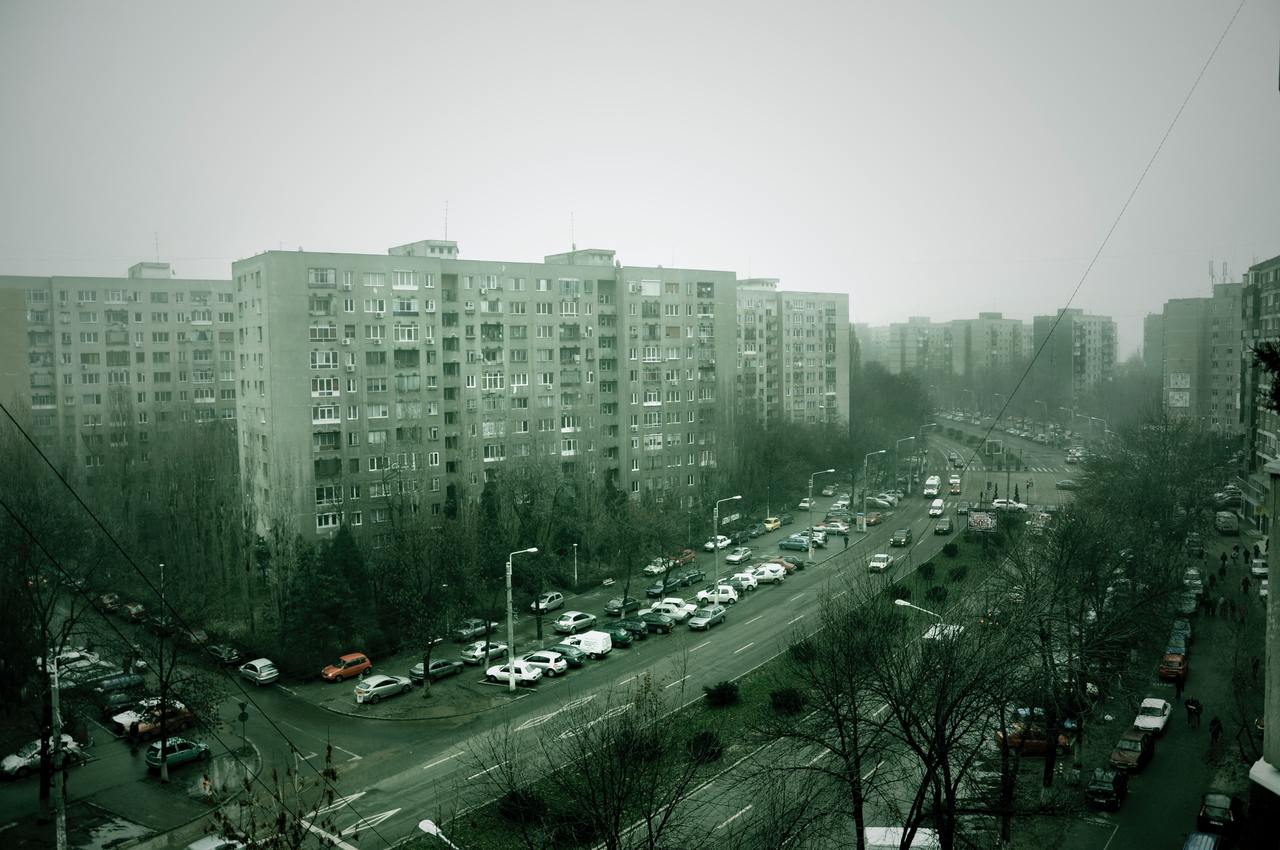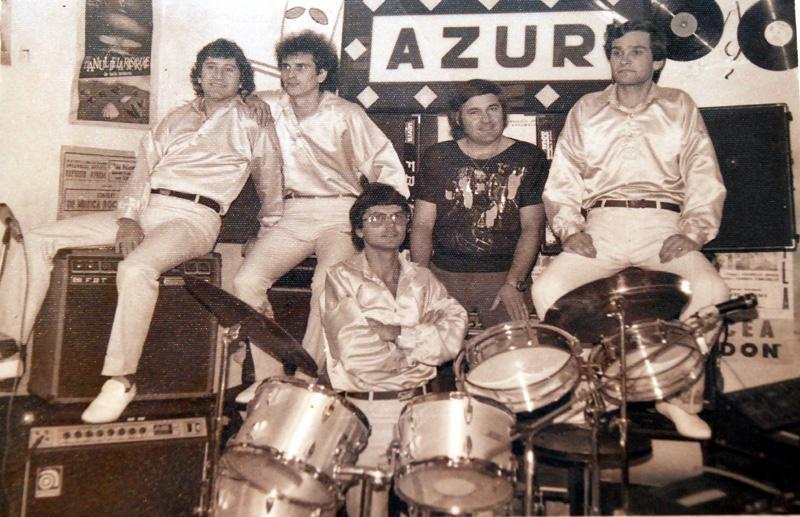Written by:
Share article:
This article starts from a controversial issue in itself: its focus is on Romania through the lens of the Balkans. But is Romania a Balkan country? Romanians often take diametrically opposed sides on this question. Some shudder at the very thought of such a perspective: for them, Romania is an island of latinity in a Slavic sea.1 Others tend to have a more nuanced and balanced approach on the issue and go beyond the mere spectrum of geography, while reaching the notions of self-colonisation and decolonisation. In the end, it all leads to a very charged definition of the Balkans, not only as a peninsula situated in Southeast Europe, but as a historical construction which bears a multitude of stereotypes and prejudices. Furthermore, the Balkans are at a crossroads of cultures and religions and present a vivid ethnic diversity.
When one takes these aspects and puts them together, one is left with the daunting complexity of defining a national culture through the lens of a construction which is simultaneously transnational and local. This article only aims to underline the complexity of this issue in the realm of Romanian music, based on a selection of musical artefacts which stem from diverse music genres.
From folklorists to composers of classical music, from rock musicians to manele performers, the issue of defining Romanian cultural authenticity in the Balkan context has been a recurring one. Historically, musicians have often sought to express their musical views through text. At the same time, in the context of popular music, the modes of musical expression have evolved, incorporating moving images and artwork, in order to enhance the message of the music and to make it more marketable. All this leads to various discourses of varying complexity, which address the many facets of musical authenticity in the Balkan context.







